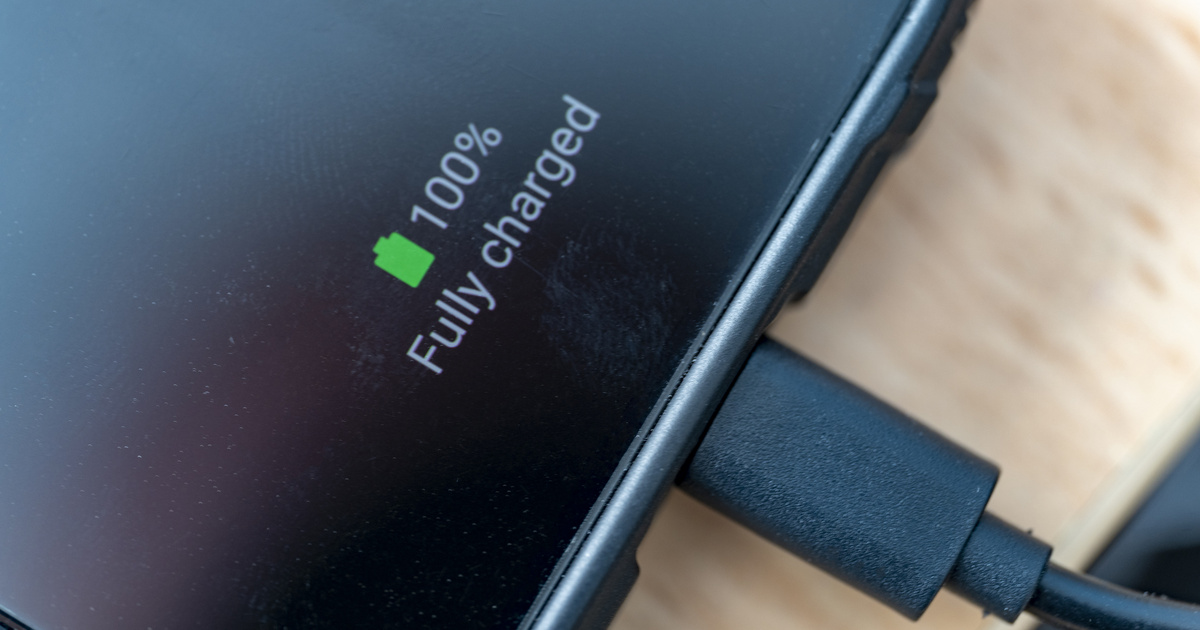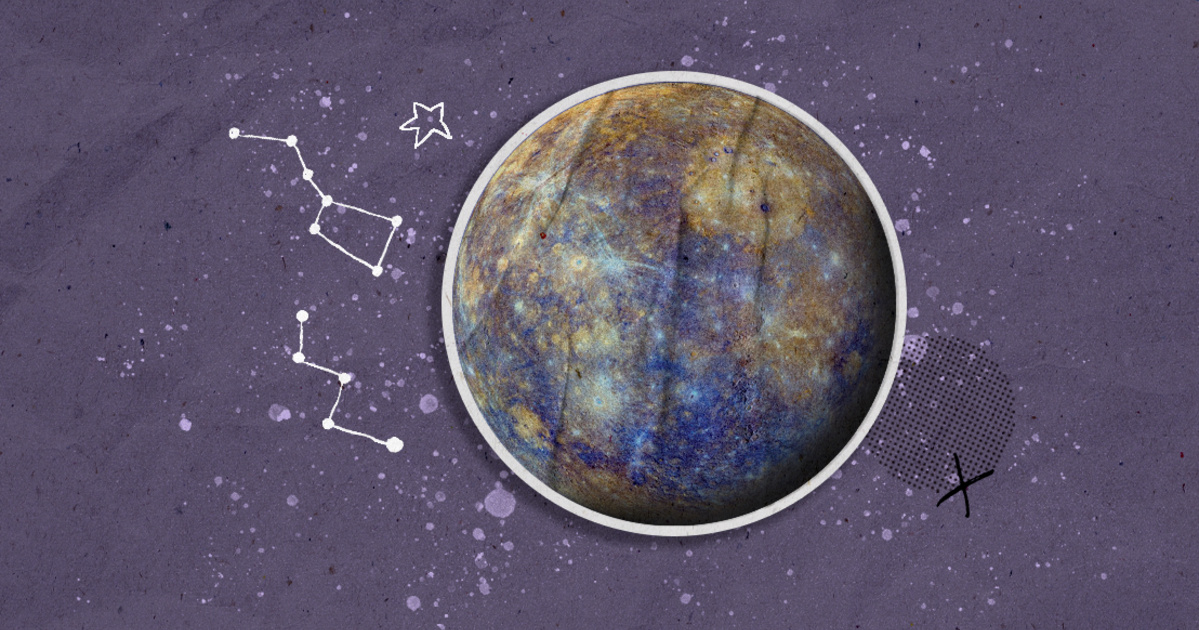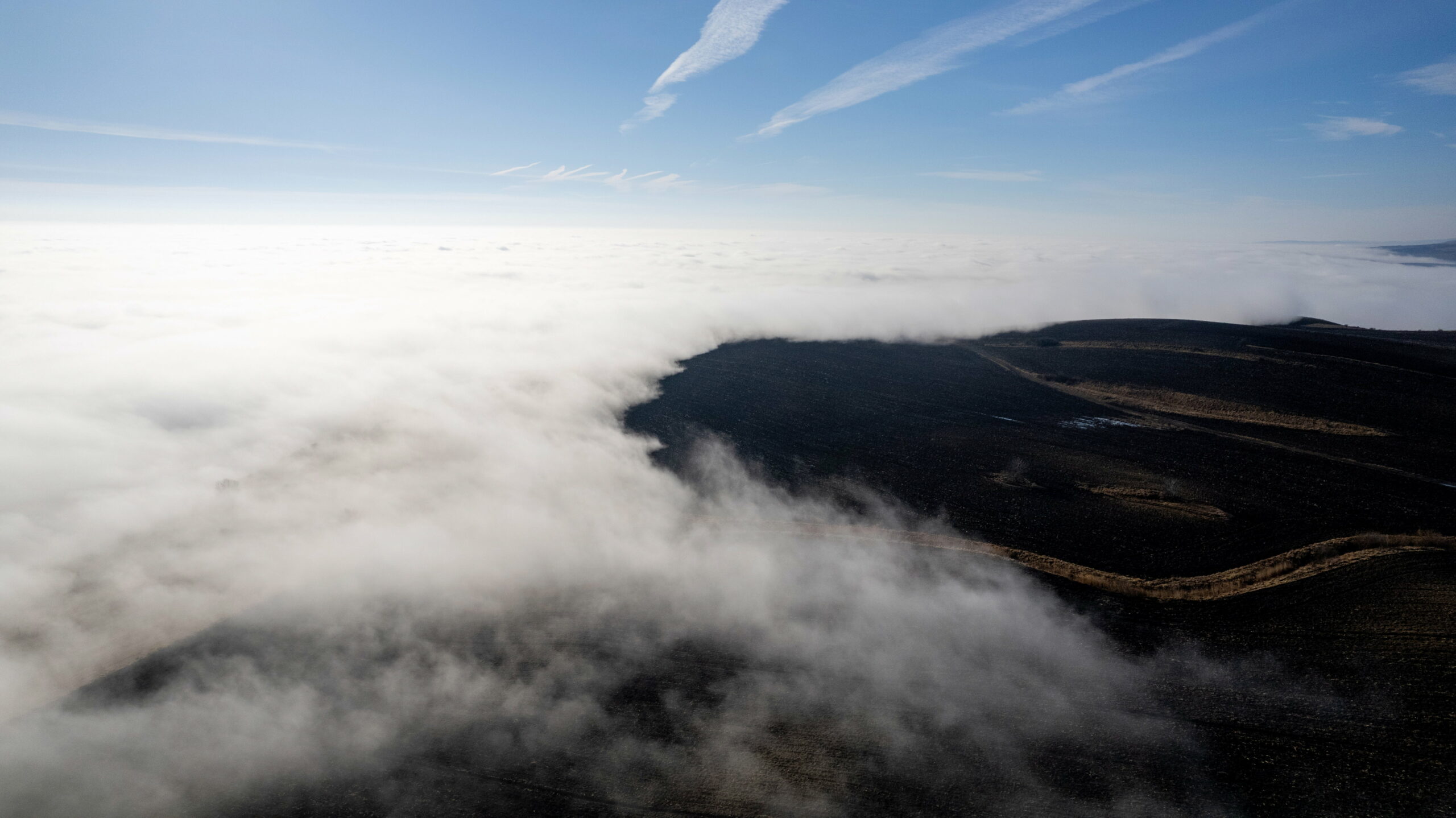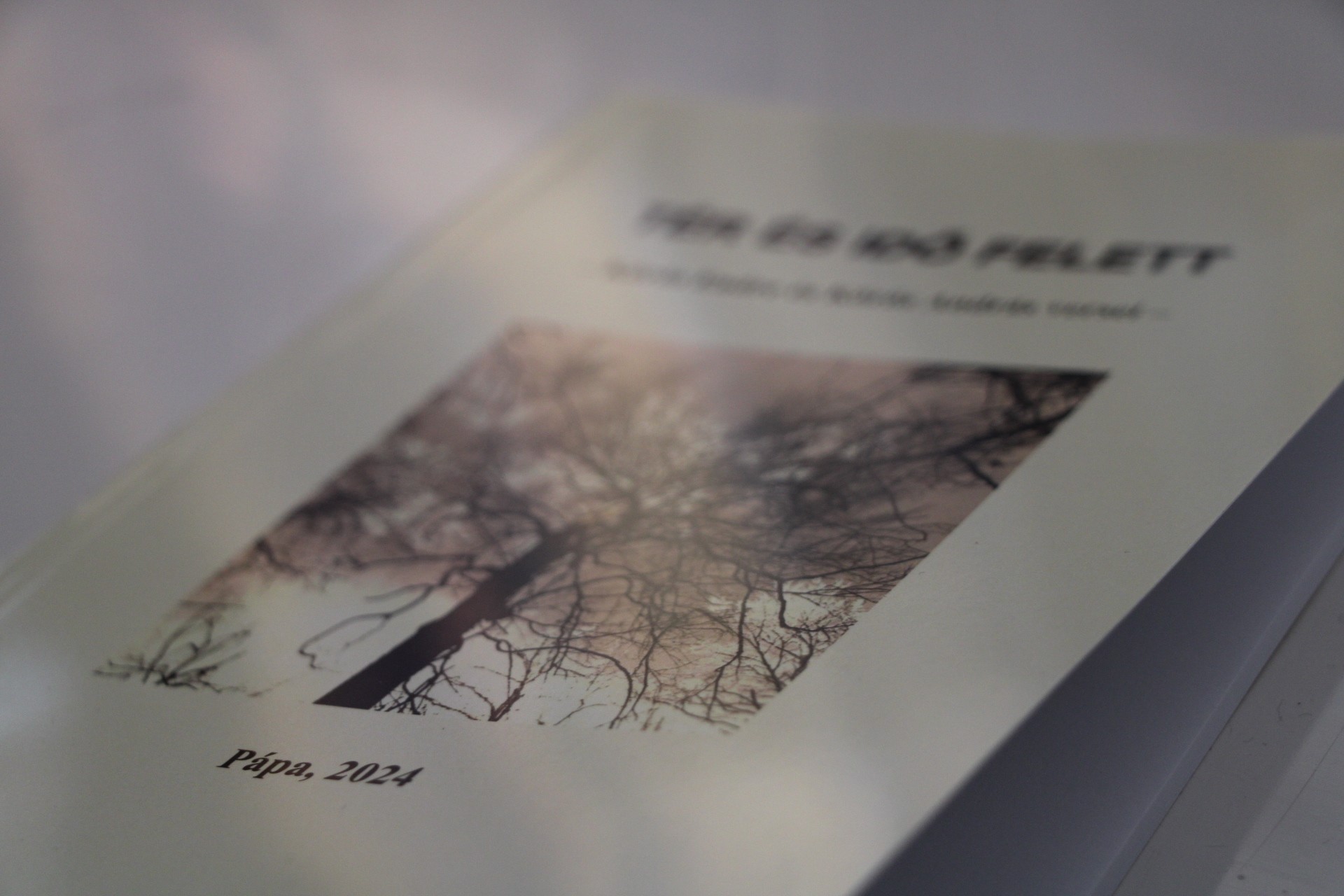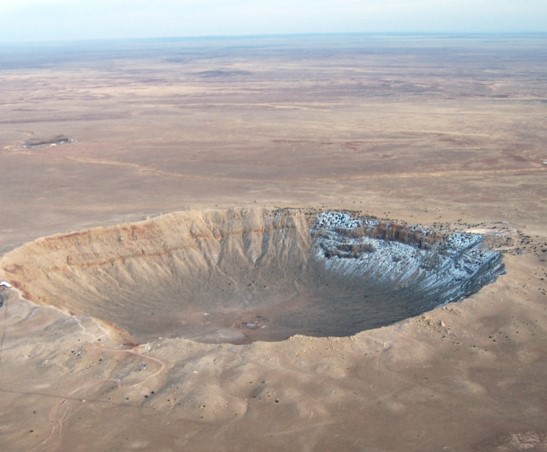Craters on Earth were re-examined with the help of high-resolution satellite data, and the ominous conclusion was based on this – however, there is no consensus among scientists on this issue.
Asteroid collisions that threaten the human race, for example, are relatively rare. or not? According to a research group, the effects that lead to mass extinction events may be more common than previously thought. like It is written by LiveScience, a study presented last week at the annual Lunar and Planetary Science Conference in The Woodlands, Texas, examined the largest known impact craters over the past million years. Using new high-resolution imaging, the authors argue that these craters were originally much larger than they appear now. If they’re right, asteroids or comets larger than a kilometer have hit Earth up to a dozen times in the past million years alone. This is a much higher rate than previous estimates, according to which it could happen once every 600,000 to 700,000 years.
James Garvin, lead author of the study and chief scientist at NASA’s Goddard Space Flight Center, told Live Science that such an impact would have very serious consequences.
The reason for this large discrepancy between estimates is that, unlike Mars or the Moon, impact craters on Earth fade relatively quickly due to water and wind erosion. So far, scientists have calculated the risks of impacts on our planet based on the history of impacts on the Moon and observations of near-Earth asteroids.
However, the current study used new, high-resolution satellite data to examine Earth’s crater remnants. This data comes from lidar (light detection and ranging), a technology that uses laser pulses to accurately measure distances, and from stereoscopy, in which a satellite takes two pictures of the same location from slightly different angles; Comparison of these images enables the three-dimensional reconstruction of the place.
Using this method, the researchers have found at least four impact craters, which they say have much larger outer edges than previously measured. For example, Bantasma Crater in Nicaragua was previously estimated to be 14 km in diameter, but Garvin et al. identified an outer rim with a diameter of 35.2 km. Bosumtwi Crater was previously estimated to be about 10.5 kilometers in diameter, but the new study found a ring-like ridge measuring 26.8 kilometers in diameter.
And if all of this were true, these impacts would have produced an explosion equivalent to 400,000 to 730,000 megatons of TNT, enough to blow some of Earth’s atmosphere into space. However, there are scientists who question the findings. Brandon Johnson, a planetary scientist at Purdue University, for example, told LS that it’s unclear whether the ring-like features the researchers observed are actually part of the crater’s ancient rims, rather than rings. Ejected debris. In any case, he acknowledges that the findings require more urgent research on the subject.
Space is full of near-indestructible asteroids, but there is a way to deflect them
NASA’s first asteroid deflection mission was a success, but in the meantime, researchers discovered that a certain type of common asteroid would not be impacted in the manner described. According to the researchers, the problem could be solved with a nuclear detonation.
Fortunately, as our article above demonstrates, we have (and more, more) ways to distract killer asteroids.
(Photo: Crater near Winslow, Arizona, USA/NASA)









